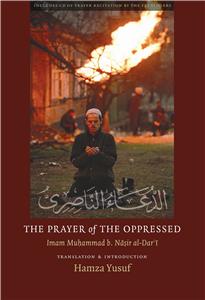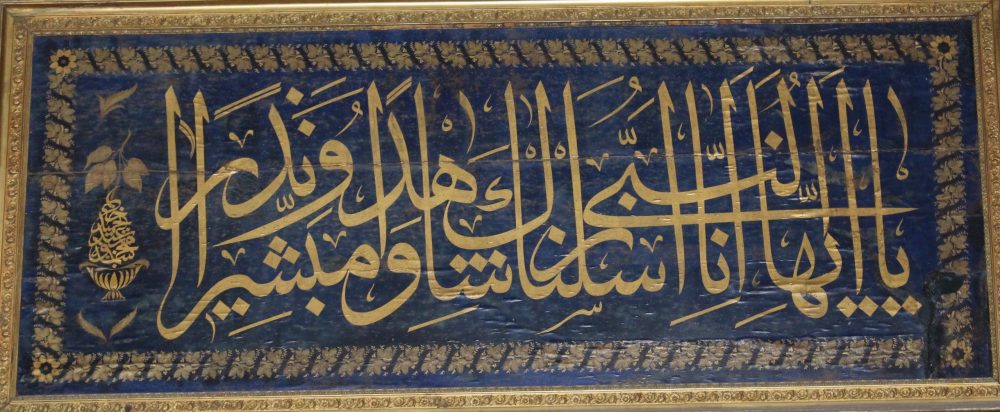It’s hard to believe 20 years has passed since the start of the war in Bosnia-Herzegovina.
After listening to the documentary of my distinguished friend and colleague at the CBC, Anna Maria Tremonti, I felt compelled to play the tracks on Yusuf Islam’s album, “I have No Cannon That Roar.”
For those who believe memories are important, even those of tragedies and unspoken human cruelties, please read the blog of Abdal Latif Whiteman titled “Goose Pimples in Sarajevo.” And if you want to hear something that is sure to touch your soul give a listen to his Arabic rendition of Tashaffa-ya-rasullalah. “Tashaffa-ya-rasullalah.”  The song was performed at a concert in Sarajevo after the war ended and from that same concert came the tracks for “I have No Cannon That Roar.”
The song was performed at a concert in Sarajevo after the war ended and from that same concert came the tracks for “I have No Cannon That Roar.”
In the first part of her documentary Anna Maria takes us back to the start of the war that she covered for the CBC over a period of several years. In part 1 “Born of War” Anna Maria introduces listeners to two Muslim women who were victims of rape and who took their resulting pregnancies to term. It is not for the faint of heart.
In Part 2 “Then and Now” we hear from Aida Alibalic, Anna Maria’s former translator, who shares her memories of what it was like then and what it’s like to live in Sarajevo today. Listeners will also hear from Kenan Hedic, a third generation coppersman who is eking out a living by taking spent shell casings from the heavy artillery dropped on the city by the Serbs and turns them into art.
In part 3 we hear from “General Jovan Divjak” who was second in command of the Bosnian army. He speaks about fighting for a city under siege. At 44 months it was the longest siege of a capital city in modern warfare. Now retired Gen. Divjak has created Education Builds Bosnia-Hercegovina, a non-governmental organization that is helping children victimized by the war by offering them scholarships to pursue their dreams.
When Shaykh Hamza Yusuf was translating Dua’ Nasiri he called me to asked about a picture he had seen in either Time or Newsweek that he thought encapsulated the war in Bosnia. He asked me to help find it. Although it was over 15 years old at the time he still remembered the image. I had no idea what he was talking about but after piling through over 100 Time and Newsweek magazines from the early to mid 1990’s I stumbled on this image and realized immediately that it must be the snapshot Shaykh Hamza was thinking of. Dua’ Nasiri is a powerful prayer and the cries from the women and children of Homs and other cities in Syria begs its continued recitation.
